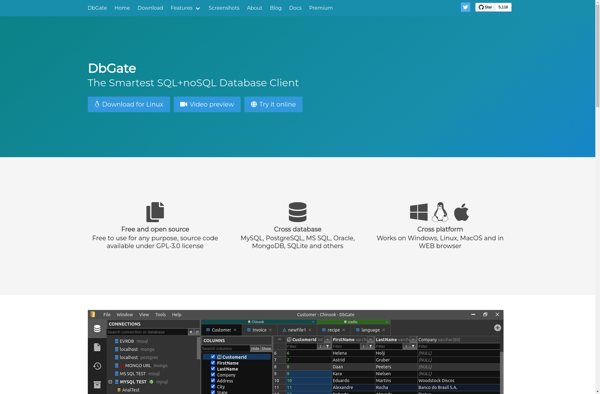CUBRID Database

CUBRID Database: Open-Source Relational Database
High-performance, available, scalable and flexible open-source relational database management system supporting SQL standards and APIs similar to MySQL and PostgreSQL.
What is CUBRID Database?
CUBRID is an open-source relational database management system developed by Naver Corporation and the CUBRID community. It is designed for high performance, availability, scalability, and flexibility to power web/mobile applications and enterprise systems.
Some key features and capabilities of CUBRID Database include:
- High performance through efficient query processing, indexing, and tuning
- High availability via replication, failover, and load balancing
- Scalable architecture to handle large data volumes and many concurrent users
- SQL standards compliance (SQL-92 to SQL:2011) and JDBC/PHP/ODBC APIs
- Advanced transaction management and locking schemes
- NoSQL-style flexibility with CUBRID Shard, flexible schemas, and JSON support
- Web-based database administration and monitoring tools
- Cross platform support including Linux, Windows, and macOS
CUBRID is used by many websites and mobile apps to power their databases efficiently at scale. Key users include large Korean portals like NAVER and Daum. The project is open source under the BSD license, allowing free use and contribution from a community of developers.
CUBRID Database Features
Features
- Open-source relational database management system
- Focused on high performance, availability, scalability, and flexibility
- Supports SQL standards and APIs similar to MySQL and PostgreSQL
- Supports ACID transactions, triggers, stored procedures, and views
- Provides advanced features like sharding, replication, and failover
- Supports various data types including JSON, spatial data, and time series
- Offers web-based administration tools and a graphical user interface
Pricing
- Open Source
Pros
Cons
Official Links
Reviews & Ratings
Login to ReviewThe Best CUBRID Database Alternatives
Top Development and Databases and other similar apps like CUBRID Database
Here are some alternatives to CUBRID Database:
Suggest an alternative ❐DBeaver
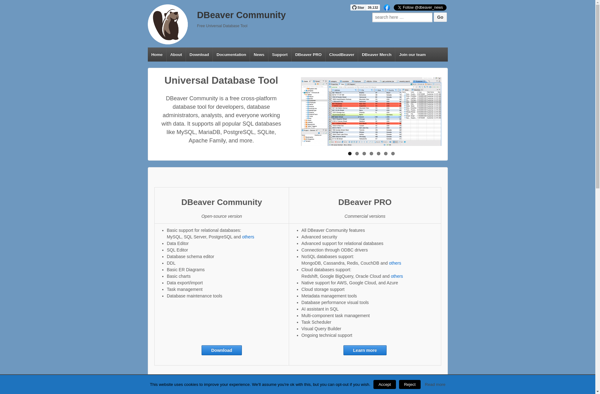
Sequel Pro

SQLite
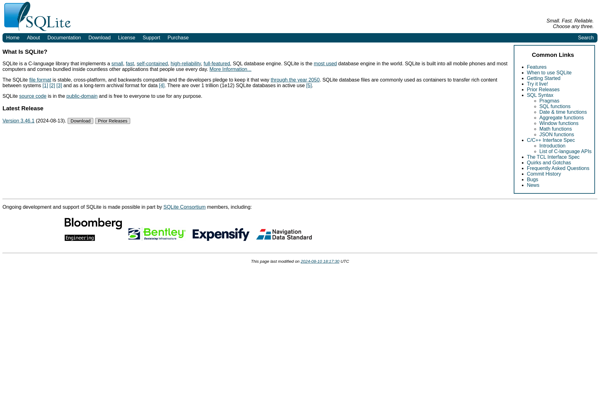
MongoDB
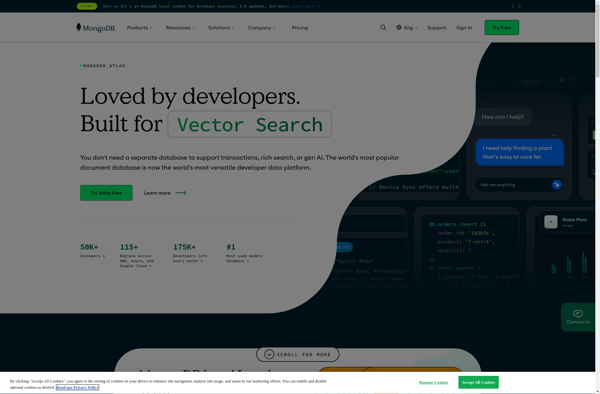
PostgreSQL
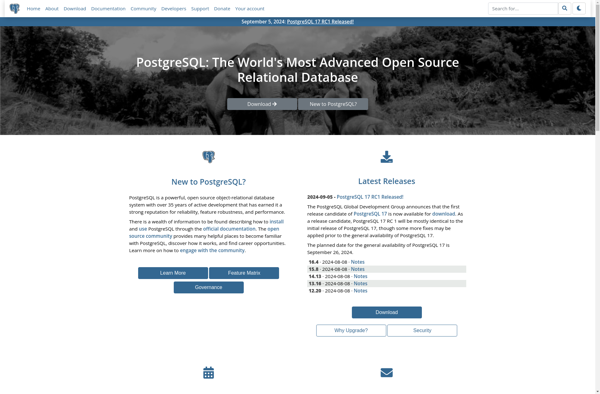
MySQL Community Edition
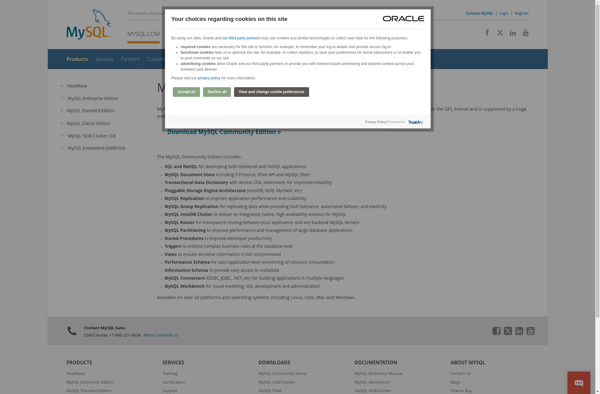
MariaDB
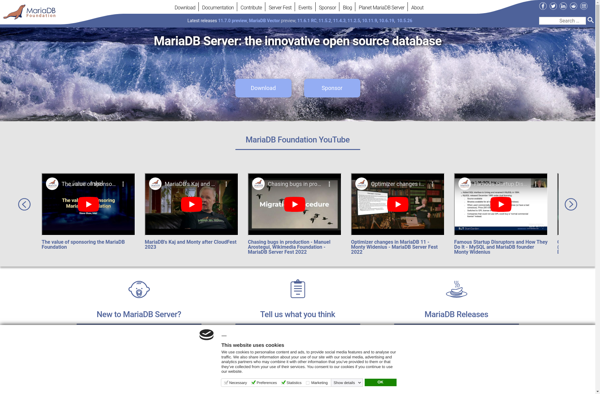
CouchDB
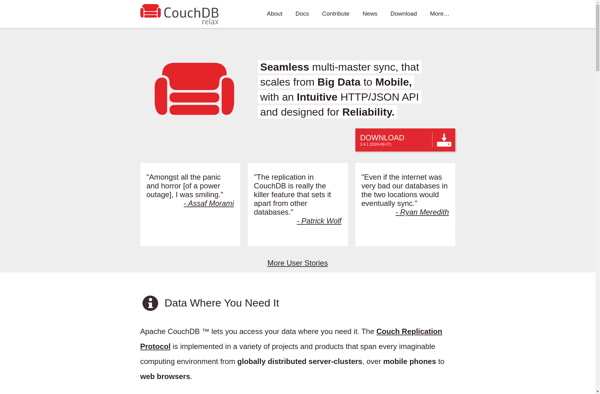
Microsoft SQL Server

Sequel Ace
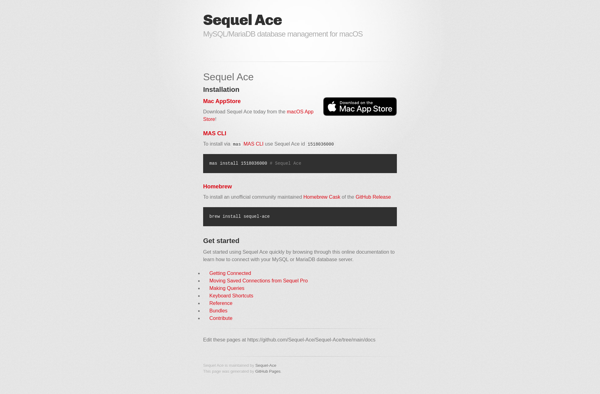
DbGate
